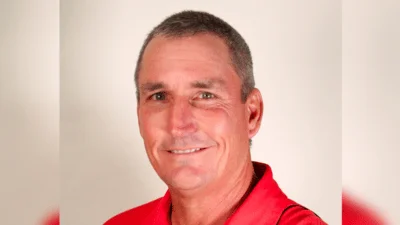Colonel KEITH J. BUTLER, Commander of the 509th Bomb Wing, Whiteman Air Force Base, Missouri | Whiteman Air Force Base
Colonel KEITH J. BUTLER, Commander of the 509th Bomb Wing, Whiteman Air Force Base, Missouri | Whiteman Air Force Base
The 509th Civil Engineer Squadron has made significant advancements in their process for locating buried utility lines prior to excavations, resulting in time and cost savings. Master Sgt. Arthur Barnachea, the 509th Civil Engineer facilities superintendent, highlighted the importance of this improvement, stating, "Although the end result is the same, the difference is in the process itself."
By using $20,000 in innovation funding acquired over five years, the 509th CES acquired two radio detection locators, enabling their Airmen to identify underground electrical, water, and telecommunications lines internally. Master Sgt. Ashley Young, the 509th Civil Engineer operations engineering superintendent, emphasized the benefits of this change, noting that "Performing utility surveys in-house expedites the process."
Previously, the squadron had to hire contractors to locate utility lines before any excavation on the base. With the new locators, CES Airmen can now conduct these surveys themselves, leading to significant cost reductions. Barnachea explained, "Our team is now equipped to execute utility locates in-house during emergencies and to prioritize local lines."
The investment in the locators is expected to yield various advantages for Team Whiteman, including cost savings, faster issuance of dig permits for emergency responses, and enhanced skill development for Airmen. According to Young, this internal capability not only reduces costs but also provides valuable training opportunities for the personnel, making them more versatile warfighters.
The streamlined process not only enhances efficiency but also ensures the safety of infrastructure and buildings that rely on these utility lines. With CES Airmen now equipped to perform utility surveys independently, the squadron is well-positioned to respond swiftly to excavation needs, thereby reinforcing their operational readiness.






 Alerts Sign-up
Alerts Sign-up